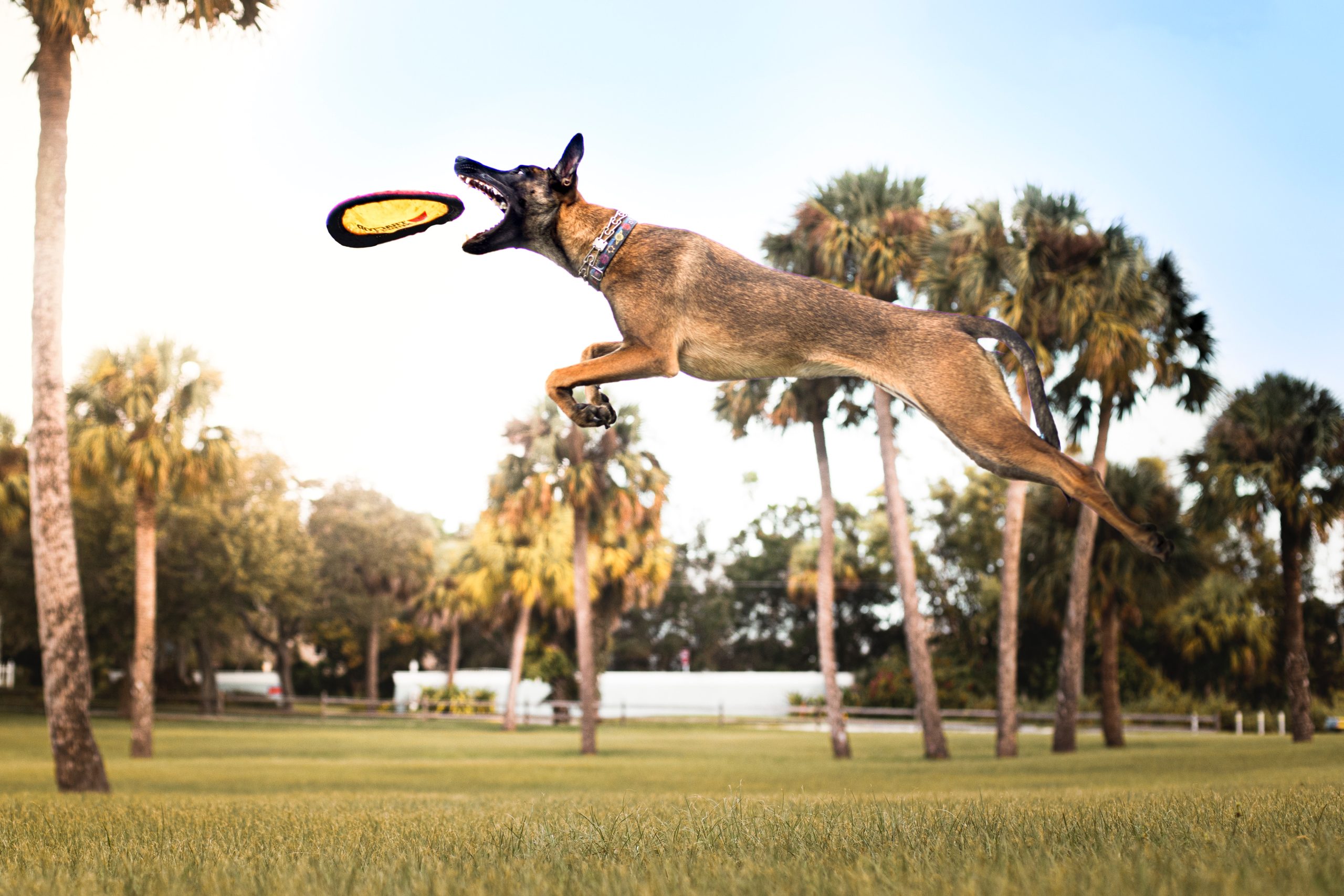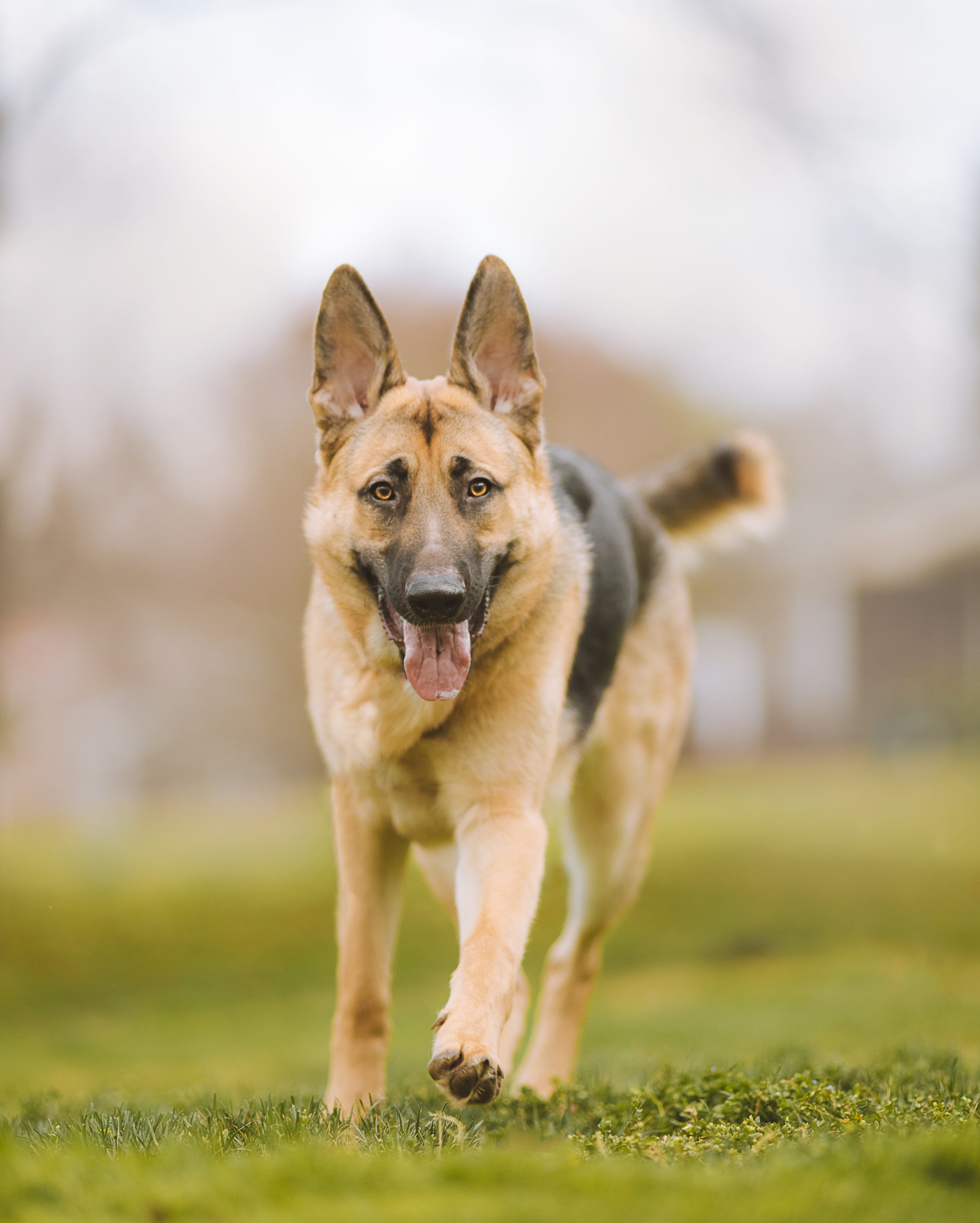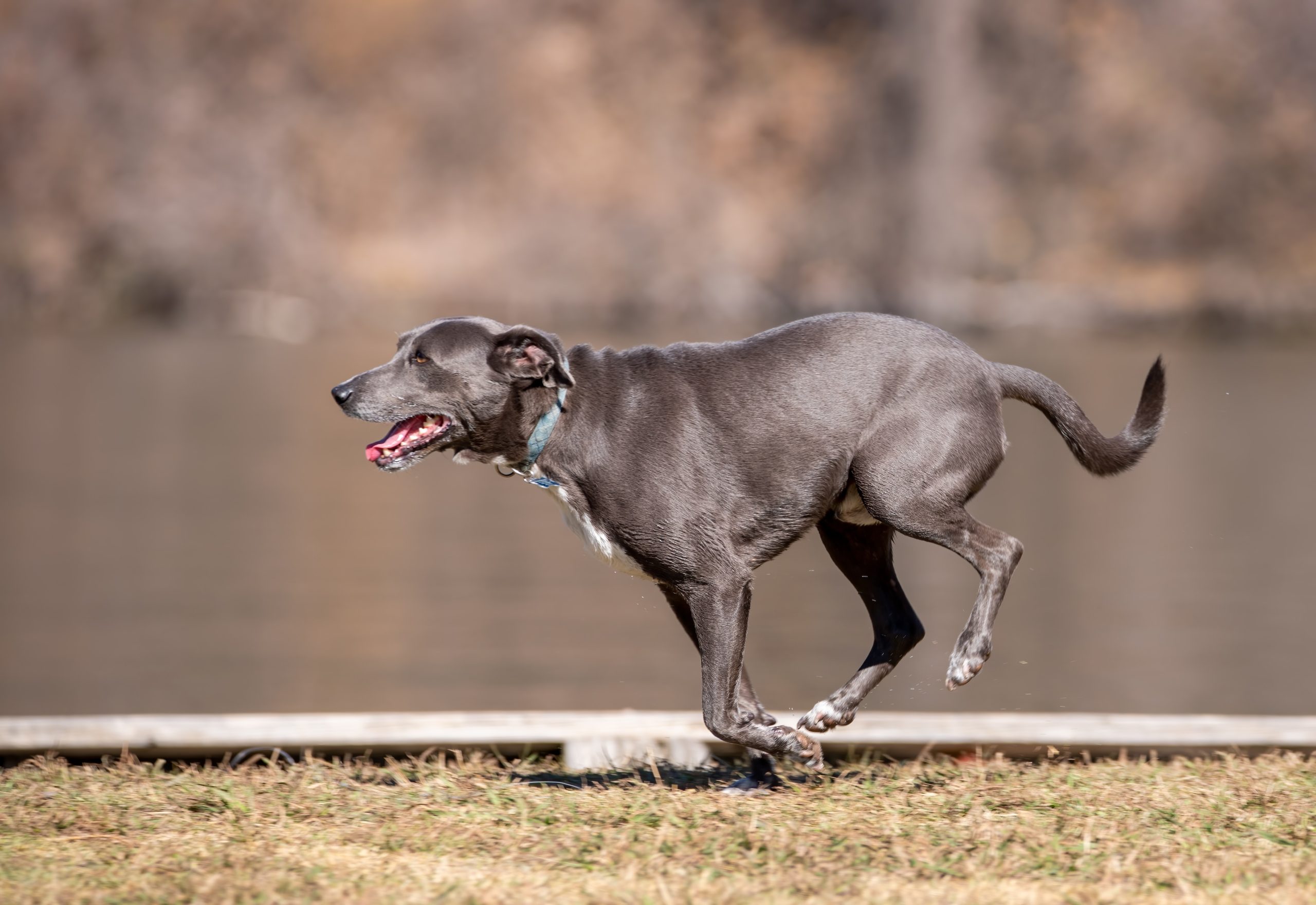Keeping Senior Dogs Active: The Key Benefits and Exercise Guidelines
Regular exercise for senior dogs is crucial to preventing obesity, alleviating stiffness and joint pain, delaying aging, maintaining strength and mental sharpness, and promoting an overall healthier and more active lifestyle.
Importance of Regular Exercise for Senior Dogs
Regular exercise is crucial for senior dogs to maintain their overall health and well-being. It plays a key role in preventing obesity and alleviating stiffness and joint pain, which can significantly improve the quality of life for aging canine companions [4]. For instance, a senior dog engaging in regular walks and light physical activities can experience improved joint mobility and reduced discomfort, leading to a more comfortable and active lifestyle.
Furthermore, regular exercise can help delay aging and age-related conditions in senior dogs, promoting longevity and a healthier life. Research has shown that consistent physical activity can contribute to better cardiovascular health, muscle tone, and mental alertness in older dogs. For example, activities such as gentle games of fetch and leash walks can help maintain muscle strength and cognitive function in senior dogs, enhancing their overall well-being as they age gracefully. Additionally, maintaining strength and mental sharpness through exercise for senior dogs can contribute to their overall well-being and mobility, supporting a higher quality of life for senior dogs in their golden years. It’s important to consult with a veterinarian to determine the most suitable exercise routine for individual senior dogs, taking into account their specific health needs and limitations.
Exercise Requirements for Senior Dogs
Regular exercise is crucial for the overall health and well-being of senior dogs. It’s essential to understand that senior dogs still require a minimum of 30 minutes of exercise each day to maintain their health and mobility. However, it’s important to note that the specific exercise needs of senior dogs may vary based on individual factors such as their overall health, energy levels, and any underlying health conditions they may have. For example, larger breeds may require more exercise to maintain their muscle tone and joint flexibility, while smaller breeds may need less but still benefit from daily physical activity.
When planning an exercise routine for senior dogs, it’s vital to consider the varying exercise requirements of different breeds. For instance, a senior Labrador Retriever may still enjoy longer walks and more active playtime, while a senior Chihuahua may prefer shorter walks and gentler activities due to their smaller size and energy levels. Understanding the breed-specific exercise needs can help tailor a suitable exercise plan that meets the individual requirements of senior dogs, ensuring they stay healthy and active.
Moreover, for senior dogs that haven’t been regularly exercising, it’s crucial to gradually increase their physical activity to prevent strain or injury. Slowly introducing them to short walks, gentle games, and low-impact exercises can help them build stamina and prevent any discomfort or physical stress. This gradual approach also allows senior dogs to adapt to the increased activity levels while minimizing the risk of overexertion or fatigue.
Low-Impact Exercises for Senior Dogs
In addition to the exercises mentioned, there are several other low-impact activities suitable for senior dogs. For instance, gentle games of fetch or tug-of-war can provide mental and physical stimulation without causing excessive stress on their joints. Another low-impact exercise is canine calisthenics, which includes power posing, building up the rear, and lateral walking. Power posing involves performing basic obedience moves on different surfaces, while building up the rear consists of placing the front legs on an elevated platform and gently stretching the neck up. Lateral walking involves taking sideways steps in a step-together-step dance move. These exercises can help maintain strength and mobility in senior dogs without putting too much pressure on their aging joints.
Furthermore, incorporating mental stimulation activities such as treat puzzles, scent games, or hide-and-seek can provide low-impact exercise for senior dogs. These activities engage their cognitive abilities and help keep them mentally sharp while being physically gentle on their bodies. Additionally, slow and supervised playdates with other calm and friendly dogs can be a great way for senior dogs to engage in low-impact social interaction and light physical activity, promoting their overall well-being and happiness. These low-impact exercises not only contribute to the physical health of senior dogs but also support their mental and emotional wellness, enhancing their quality of life.
Considerations for Exercising Senior Dogs
When it comes to exercising senior dogs, it’s essential to consider their individual health needs and any age-related conditions they may have, such as arthritis. Modifying the exercise routine to accommodate these conditions is crucial in ensuring their comfort and overall well-being. For example, instead of high-impact activities like running or jumping, low-impact exercises like gentle walks, swimming, and slow-paced games can be more suitable for senior dogs with arthritis, as these activities minimize stress on their joints and muscles while still providing the necessary physical activity.
Monitoring the exercise intensity and duration is also paramount, particularly for senior dogs who may resist slowing down. It’s important to observe any signs of fatigue, discomfort, or difficulty in movement during and after exercise. For instance, if a senior dog shows signs of limping, stiffness, or reluctance to engage in physical activity, it may be an indicator that the exercise intensity or duration needs to be adjusted to prevent strain or injury. By being attentive to these cues, pet parents can ensure that their senior dogs remain safe and comfortable during their exercise routines, contributing to their overall health and quality of life as they age.
In addition to modifications and monitoring, consulting with a veterinarian to establish an appropriate exercise plan tailored to the specific needs and capabilities of a senior dog is highly recommended. A veterinarian can provide valuable insights into the types of exercises and activities that are best suited for an individual senior dog based on their health status, mobility, and any age-related conditions they may have, ensuring that the exercise routine is both beneficial and safe for the dog.
Indoor and Alternative Exercises for Senior Dogs
When it comes to indoor exercises for senior dogs, puzzle toys and games can provide mental and physical stimulation, which is especially beneficial when outdoor activity is limited. Puzzle toys, such as treat-dispensing balls or interactive puzzles, engage a senior dog’s mind and body, helping to maintain cognitive function and prevent boredom. For instance, a puzzle feeder that requires the dog to figure out how to get the treats out can provide mental stimulation and encourage movement, even for senior dogs with mobility issues. This type of enrichment not only keeps them physically active but also helps to prevent cognitive decline.
In addition to puzzle toys, alternative enrichments like massage and physical therapy can be incredibly beneficial for senior dogs. Gentle massages can help improve circulation, reduce muscle tension, and alleviate discomfort in senior dogs with arthritis or other musculoskeletal conditions. Moreover, physical therapy exercises, such as gentle stretches or range of motion movements, can help maintain flexibility and mobility in aging dogs. For example, hydrotherapy, which involves exercises in water, can provide a low-impact workout that supports joint health and muscle strength, making it an ideal alternative exercise for senior dogs with mobility issues or arthritis. These alternative enrichments not only contribute to the overall well-being of senior dogs but also promote their longevity and quality of life.
Conclusion
Encouraging consultation with a veterinarian to ensure appropriate exercise levels for senior dogs is essential for their health and safety. When consulting with a veterinarian, they can provide tailored recommendations based on the dog’s breed, age, and any existing health conditions. For example, some senior dogs may have arthritis, and the veterinarian can suggest specific low-impact exercises or alternative enrichments to address their individual needs.
Maintaining an active lifestyle through suitable exercise can significantly contribute to the overall health and well-being of senior dogs, promoting their longevity and quality of life. For instance, regular low-impact exercises, such as slow walks, puzzle toys, and swimming, can help senior dogs maintain muscle strength and mental sharpness, enhancing their mobility and cognitive function. This active lifestyle can also play a vital role in preventing obesity and alleviating stiffness and joint pain, ultimately improving the quality of life for senior dogs. Therefore, staying proactive and mindful about the exercise regimen for senior dogs can lead to a happier, healthier, and more fulfilling life for these beloved companions.



